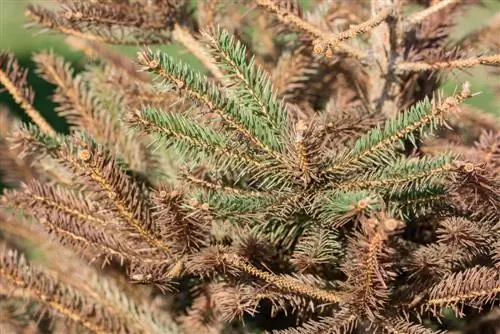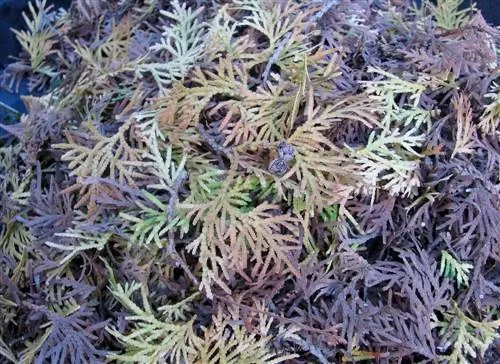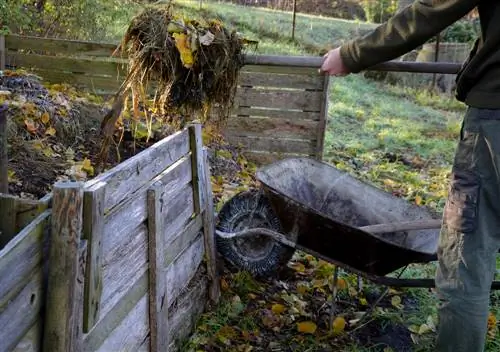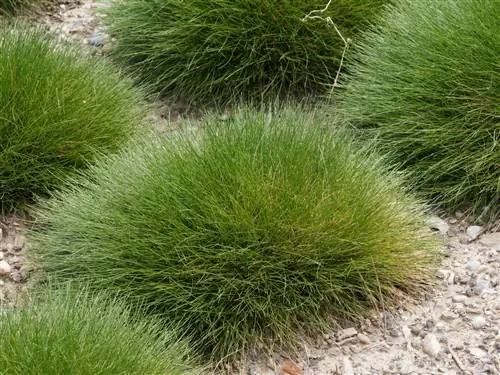- Author admin [email protected].
- Public 2023-12-16 16:46.
- Last modified 2025-01-23 11:21.
A spruce tree can generally grow very old, but only if it is well looked after. If she doesn't like the environment, the soil is too heavy or too dry, then her needles can turn brown or even fall off.
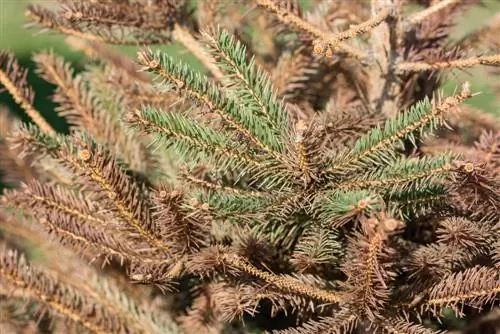
Why are my spruce needles turning brown and what can I do about it?
Brown needles on a spruce can be caused by persistent drought, dried out root balls, lack of nutrients (e.g. B. magnesium deficiency) or pest infestation. This can be remedied by regular watering, fertilizing with conifer fertilizer or Epsom s alt and, if necessary, the use of gentle preparations against pests.
Why does my spruce tree have brown needles?
The location of a spruce tree should be sunny to partially shaded, with slightly moist soil. Prolonged drought not only leads to brown needles but also easily to a dried out root ball. This causes the loss of the fine roots that a spruce tree absolutely needs in order to draw sufficient water from the ground.
A relatively common reason for a spruce tree turning brown is a lack of nutrients or pest infestation. If there is a lack of magnesium, the needles first turn brown and then fall off. Two types of pests occur quite often on spruce trees, namely the bark beetle and the Sitka spruce louse.
How can I help the spruce?
If dryness is the reason for your spruce's brown needles, then only thorough watering and regular watering will help. However, be careful not to create any waterlogging. If the soil is well-drained, excess water will seep away quickly and without causing damage.
If your spruce suffers from a magnesium deficiency, you can supplement it with a special fertilizer (€8.00 on Amazon). Use conifer fertilizer or Epsom s alt for this. If you have a pest infestation, it's not that easy to get help. The bark beetle is difficult to control and often only cutting down the affected tree helps.
The Sitka spruce louse can be combated with gentle preparations. They are made from rapeseed oil or potassium soap and do not harm the beneficial insects. The louse appears particularly numerous after mild winters. From May onwards, the lice are destroyed by ladybirds and lacewings.
Possible causes of brown needles on spruce trees:
- persistent drought
- dried root ball
- Nutrient deficiency, e.g. magnesium deficiency
- Pest infestation, e.g. with the Sitka spruce louse
Tip
In a dry summer, water your spruce trees regularly to prevent them from getting brown needles in the first place.

